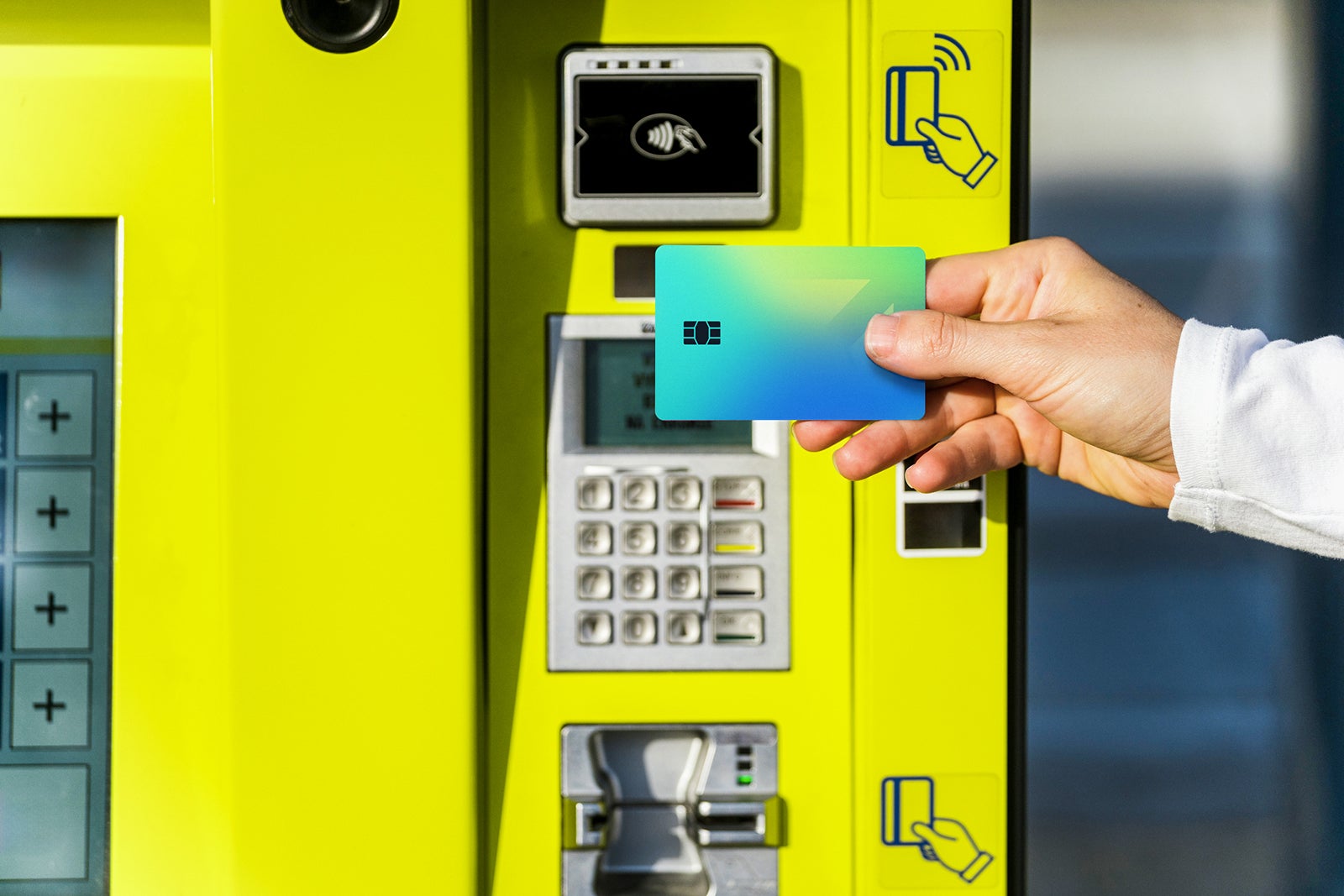3 new technologies from Visa could lighten your wallet and payments this year
The world of digital commerce is ever-evolving. Thanks to new technologies introduced by Visa, paying with credit cards and sending and receiving payments should soon be easier than ever before.
At the annual Visa Payments Forum in San Francisco in mid-May, Visa announced several new products designed to fight fraud and give consumers and merchants more control over the payment process. The company will begin introducing a suite of new features, including those below, in the U.S. throughout the remainder of 2024; some features are already available in parts of Asia.
Here’s a closer look at what to expect.
Visa Flexible Credential
The average U.S. consumer carries 3.9 credit cards as of the third quarter of 2023, according to Experian. But it’s also common for credit card rewards enthusiasts to have many more credit card accounts than average. There’s no such thing as a perfect number of credit cards as long as you handle your accounts in a responsible manner.
Yet, if you have several credit cards, you may not want to carry all of them around with you in your wallet. Whether for safety or convenience reasons, there’s a good chance you may leave some of your credit cards at home. A new tool from Visa, dubbed Visa Flexible Credential, could make life with multiple credit cards easier to manage when pilot programs start to become available later this year.
With Visa Flexible Credential, you’ll be able to use a single credit or debit card as a tool to access different payment options. A company survey found that half of credit card users wanted the ability to take advantage of this technology.
If you’re confused by how this feature might work, here’s an example:
Imagine you visit a local brick-and-mortar store and begin the checkout process by tapping or inserting your debit card, but before the actual charge for the purchase takes place, you use an app on your smartphone to swap out your payment method. Instead of paying with the debit card you tapped or inserted, the transaction posts to your credit card — even if you didn’t physically have the card in your wallet at the time of purchase.
Related: 5 signs you have too many credit cards

Daily Newsletter
Reward your inbox with the TPG Daily newsletter
Join over 700,000 readers for breaking news, in-depth guides and exclusive deals from TPG’s experts
Tap to Everything
Visa also announced changes to its tap-to-pay features. The new technology will give customers in the U.S. the capability to add credit cards and debit cards to the mobile wallets in their smartphones via tap. For reference, Apple Pay, Google Pay and mobile wallet users have added credit cards and debit cards using their smartphone’s camera scan feature or via manual entry up until now.
Additionally, credit card holders may use tap-to-confirm features when shopping online, which is intended to provide additional security.
Finally, tap to P2P (person-to-person) aims to give cardholders increased flexibility and security when sending money to family members and friends. Essentially, the new features should turn any mobile device into a point-of-sale device.
Related: Is it time to ditch your wallet? The pros and cons of mobile payments
Visa Payment Passkey Service
There’s no question that payment fraud, like credit card, debit card and P2P fraud, is a common problem in today’s world, but it’s an issue that’s more likely to happen with digital payments versus in-person transactions. According to Visa, online payment fraud is seven times higher than in-person payment fraud. Visa’s new Payment Passkey Service aims to address this issue.
The Passkey Service can confirm a cardholder’s identity using a biometric scan, replacing the need for one-time codes and passwords, which could be more vulnerable to theft. The tool is similar to how Apple devices use face scans or fingerprint detection to approve financial transactions.
Related: Credit card fraud: How to spot and report it
When can cardholders expect the new features to be available?
Visa indicated that the company will begin rolling out some of its new features and digital innovations with a pilot program later in 2024. The company then plans to introduce different products and services on a region-by-region basis throughout the U.S.
From there, it may be up to individual credit card issuers and financial institutions to decide when (and if) to adopt some of Visa’s new technologies. Introducing new digital tools, after all, requires an investment of both time and money.
Yet, it’s important to keep in mind that many of these products and services are aimed at reducing fraud and increasing customer loyalty and satisfaction. So, there’s a good chance that many banks and card issuers will want to implement the technology once it’s available.
Bottom line
Once Visa introduces its new features and financial institutions decide to adopt them on a wide scale, many consumers could find the process of making purchases much simpler and safer. Credit card users, in particular, may enjoy the option to toggle between different payment options without needing to carry all their cards with them at once. However, since this change doesn’t represent a cross-network solution, its potential benefits could be limited depending on the types of credit cards you carry in your wallet.
Related: Is it time to ditch your wallet? The pros and cons of mobile payments










